Photos by Steven Saw and Kelvin Tan Kian
Malaysia’s got some impressive contemporary artists but, fascinatingly, the roots of art here go back thousands of years. Frances Wilks met Dr Goh Hsiao Mei who has been working on the Neolithic red cave paintings of Gua Tambun in Perak near Ipoh.
“Gua Tambun is the last prehistoric red cave painting left in Peninsular Malaysia,” Dr Goh Hsiao Mei tells me. Apparently there was one in Langkawi but it was destroyed by human activity and a couple still remain in Sarawak and Sabah. “But as the last surviving example in West Malaysia, it’s really important that we preserve it for the future,” adds Dr Goh.
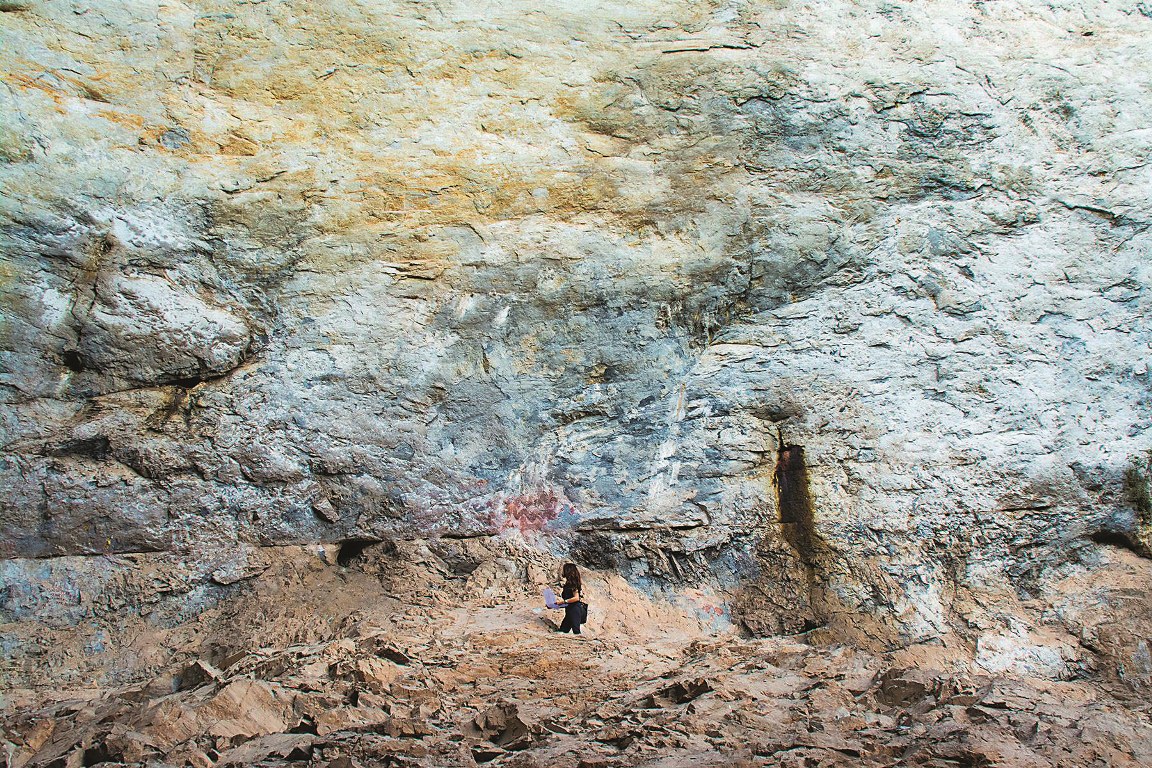
She trained in Adelaide but has recently returned to USM (University Sains Malaysia) in her native Penang to lecture in Archaeology. Actually it’s only her day job, as most weekends she can be found at Gua Tambun nestling in the limestone crags above Ipoh. She both conducts research and also involves the local people in a heritage awareness project because although Gua Tambun was gazetted a National Heritage site in 2010, it nevertheless remains at risk from human activity.
“In the past, archaeologists would come to a site, excavate it, catalogue it, and take whatever was portable to a museum. They would leave the actual site alone after publishing the data,” she says. The result was that the site either became a tourist attraction or was locked up to prevent people visiting it.
Either way, the local people generally didn’t get involved in a positive way to care for their heritage. A more modern approach is to help the locals understand what a treasure they have right on their doorstep and begin to own it. Research has shown that many of the people who live near Gua Tambun are unaware of the existence of the site as well as its age and importance – and this includes most of the young people.
Gua Tambun Heritage Awareness Project
So Dr Goh set up the Gua Tambun Heritage Awareness Project with heritage researchers and students from USM in partnership with the local community:
“We’re trying to create momentum for rock art preservation and conservation by connecting people to Tambun’s rich prehistoric past through seminars and workshops on understanding rock art. When people understand the signifi cance of such sites to the human story, they are far more likely to protect them. We’re trying to work at the grassroots level from the bottom up.”
The next phase of the project which is just about to begin includes: creating a Gua Tambun Rock Art Trail which is a community heritage walk, conducting public archaeology and educational workshops/talks, as well as fundraising. The team will also develop community capacity building and outreach, carry out archaeological research, and publish the results.
Although Gua Tambun is called cave it is in fact more of a rock shelter than a true cave and, as it’s exposed to the open air, has suffered some damage over the years from weathering. However, of greater concern is the weakening of the cliff face from activity at a nearby quarry. This has led to cracks appearing in some of the panels.
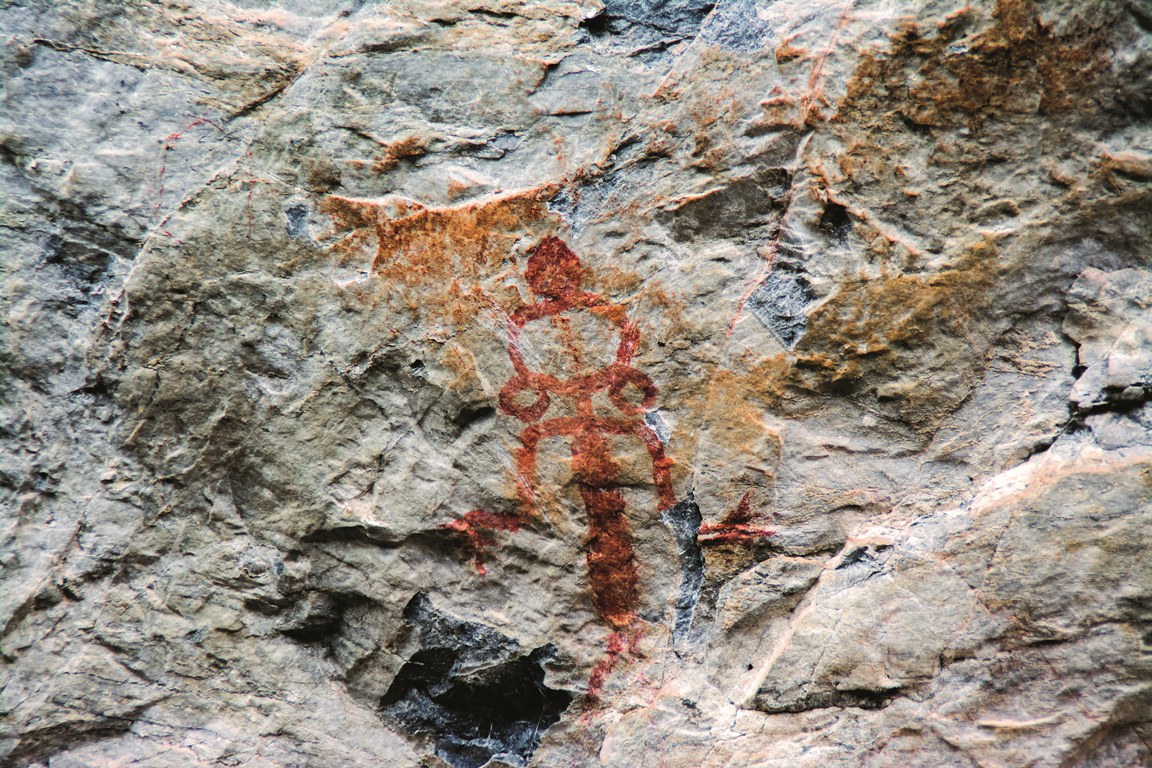
Human damage has also played a part, including spraying graffiti over some of the paintings and using marker pens to draw over the images as well lighting fires and general vandalism. “Sadly the lower-lying motifs are almost all gone as they are easy to vandalise,” Dr Goh tells me. “Fortunately most of the important panels are between five to eight metres from the floor surface where people can’t really climb up.”
Analyzing the Paintings
Looking at these paintings, I am reminded of other rock art sites I have visited in Europe and in Southern Africa. It would appear that human beings developed the same motifs and imagery quite independently of each other despite being separated by thousands of kilometres of land or ocean. Gua Tambun was probably painted three or four thousand years ago using a form of red hematite.
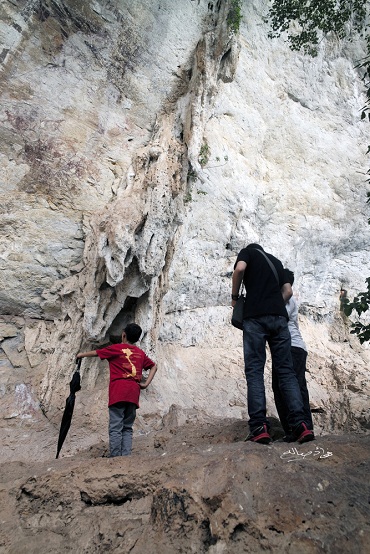
The paintings were first discovered in 1959 by a British archaeologist and a second expedition to the site was undertaken in 1984 by an Australian team. In 2009, USM conducted further research and mapped out more than 600 paintings.
We know little else for sure. Who were these people and why (and how) did they climb up so high to make these extraordinary images?
As Dr Goh says, After so long, this is the only legacy of their culture. Looking at their paintings we can hear their voices from the distant past.”
The paintings contain animal, botanical, and human forms as well as more abstract and geometric shapes.
There’s a beautiful marine panel and all sorts of fishes including a shape that could be a dugong or even a dolphin. As the site is well inland (over 84 kilometres from the sea coast) this is something of a mystery.
It can’t have been easy to travel when there were no roads and it would have been easy to lose one’s way in the thick jungle.
There are scenes from the hunter gather lifestyle of the people who lived there then. There’s a hunting panel with people surrounding a wild boar. One stick figure has his hands in the air but whether this is a gesture of surrender or triumph or something completely other isn’t known.
There’s the image of the “lady with big ears” who may even be wearing the fashionable ear rings of her time. But many of the paintings are of uncertain or unknown subjects. It is clear though that the prehistoric artists had considerable knowledge of nature. For example, there is a deer depicted with a foetus inside thus showing an awareness of biological process.
Dr Goh and her colleagues aren’t working on this site alone. Before the end of the year, they will be excavating at Fort Cornwallis in George Town. “GPR (ground penetrating radar) shows us there are some things that are buried in the fort. It will give us we hope an insight into the early military history of Penang and some of the cross-cultural influences of the time,” says Dr Goh. We await their findings with great interest.
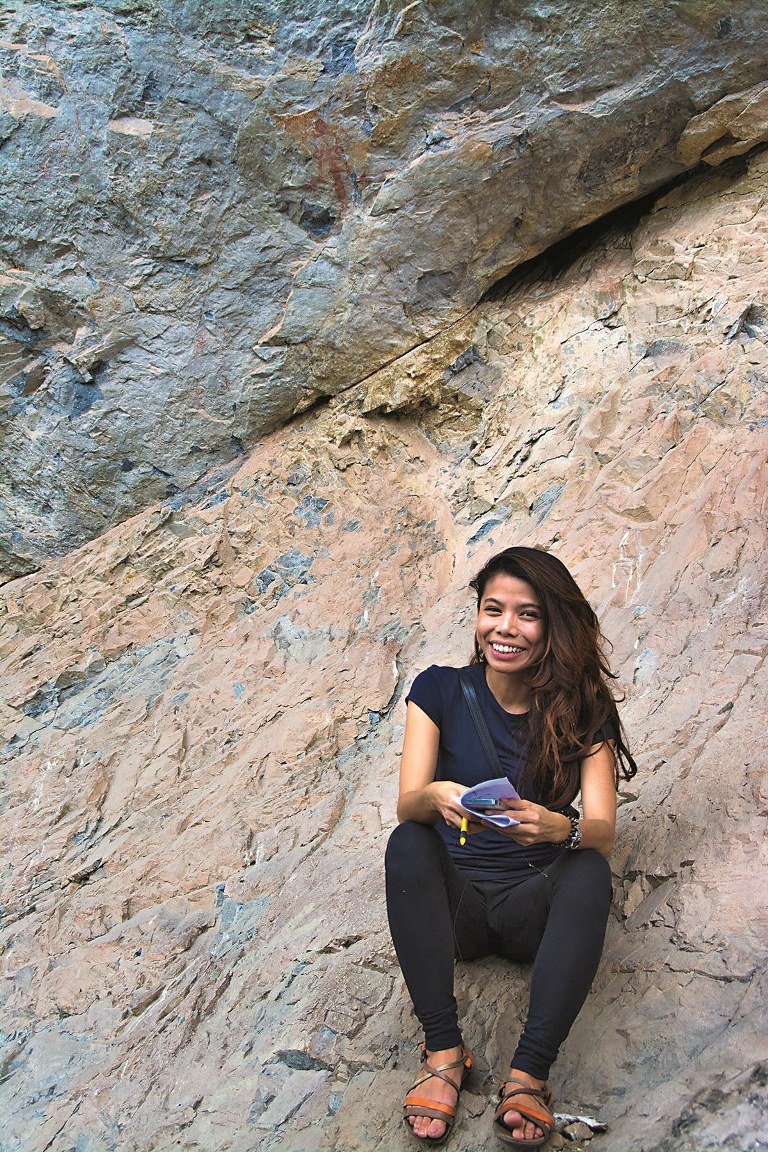
To keep in touch with the project at Gua Tambun go to their facebook page fb/Gua Tambun Heritage Awareness Project.
Read more:
- 4 Ways to Get Around Penang If You Don’t Have a Car
- Here’s What You’ll Discover on A Stroll along Penang’s Batu Ferringhi
- A Road Trip up North: Cameron Highlands, Ipoh, Kuala Kangsar & Penang
Source: The Expat magazine December 2015



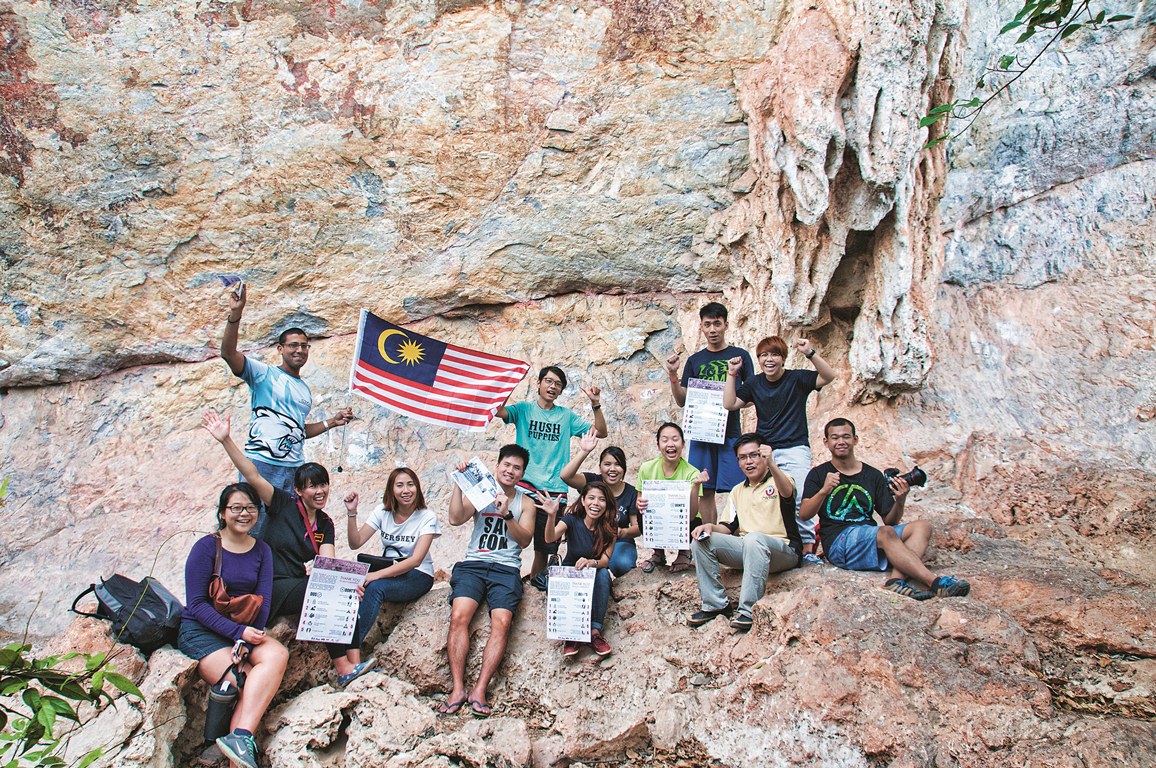




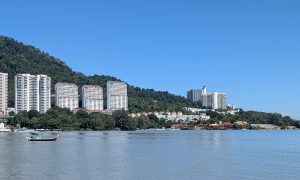







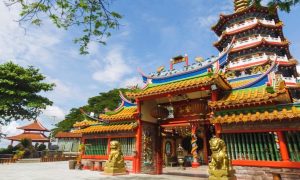



Field trip!!! 🙂